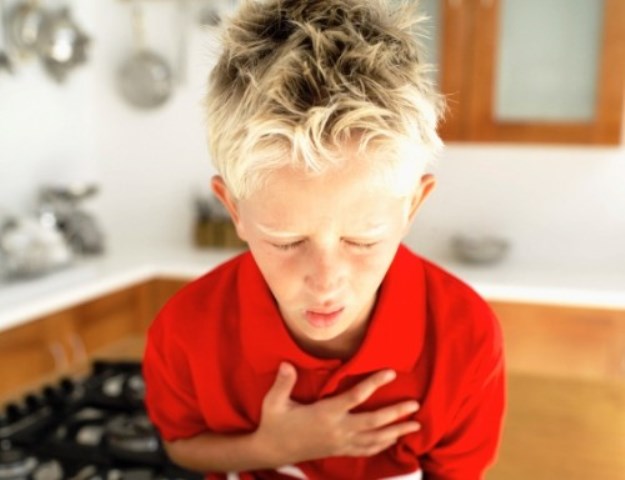What are the causes of chest pain in children and teenagers?
Chest pain is very common in children and adolescents and represents a large part of a paediatric cardiologist’s workload. As the chest is a very busy area there are many reasons for pain occurring in the chest. The most common type of chest pain is the one originating from the chest wall. The chest wall is the body structure that contains all the organs of the chest. It is made up of bones (ribs and front chest bone or sternum, cartilage, joints between the ribs and the sternum, and muscles attached to the bone). The causes for chest wall pain are unknown but strain on the muscle and bones, small trauma and inflammation are the most likely causes. Some of the characteristics of the pain are very typical: very short (one to few seconds) or very long duration (many hours up to a few days), generally sharp, changing with breathing, cough or compression on the chest. Another important feature is that chest wall pain usually disappears or improves with medications such as paracetamol or ibuprofen.
Viral or bacterial chest infections can also cause chest pain particularly if the child has an intense cough. Chest pain is also reported by some children who have acid reflux from the stomach into the oesophagus (food pipe) as they cannot describe their symptom in another, more articulate way. Stress or anxiety may also cause a complaint of chest pain and are generally associated with faster heart rate as a result of the anxious state. With the exception of acid reflux, which sometimes can be triggered by exercise, non-cardiac chest pain generally occurs at rest. Cardiac causes of chest pain are rare and are generally associated with other symptoms (easy fatigue, breathlessness, dizziness or fainting (particularly during or immediately after exercise), vomiting, poor feeding) or physical findings (pale colour, easy sweating, cyanosis (blue tinge on the face), or fast heart rate).
Heart conditions that can cause chest pain in a child or adolescent include: pericarditis (an inflammation of the space surrounding the heart, generally as a result of a viral infection); myocarditis (an inflammation of the heart secondary to a viral infection); arrhythmias and in particular SVT (abnormal and fast heart rate); increased strain put on the right or left sided pumping chambers (related to a narrow outflow from the pumping chamber or a narrow valve); or, rarely, inappropriate oxygen supply to the heart as a consequence of either an increased oxygen requirement (increased muscle mass as in hypertrophic cardiomyopathy) or narrowing or another problem with the coronary arteries (the small arteries that carry oxygen rich blood to the heart tissue).
Understandably, parents often worry that there could be a problem with the heart when their child complains of chest pain. However, chest pain of cardiac origin is quite rare and other causes for the chest pain can be identified in most children. However, it is also important not to ignore chest pain in a child, particularly if it occurs during exercise, if is associated with other symptoms and if there is a family history of heart problems.
How to investigate the cause of chest pain in children?
Taking a detailed history of the complaint and a thorough examination is generally enough to be able to exclude a cardiac cause. If your paediatrician is unsure about the cause of chest pain, your he/she will refer you to a paediatric cardiologist. The paediatric cardiologist will listen to your child’s heart and ask you and your child questions about the circumstances that are associated to the chest pain, your child’s previous and recent medical history, and the medical history of the family. He will also generally perform anECG (a recording of the electrical activity of your child’s heart) and an echocardiogram (a detailed ultrasound scan of he heart) in order to confirm a normal heart anatomy and function. Sometimes the paediatric cardiologist might recommend some further testing such as an exercise stress test, some longer recording of your child’s heart rhythm (24 hour ECG) or some further more detailed imaging of the heart. However, the majority of children will not need any further testing as they will likely be found to have a completely normal heart.


